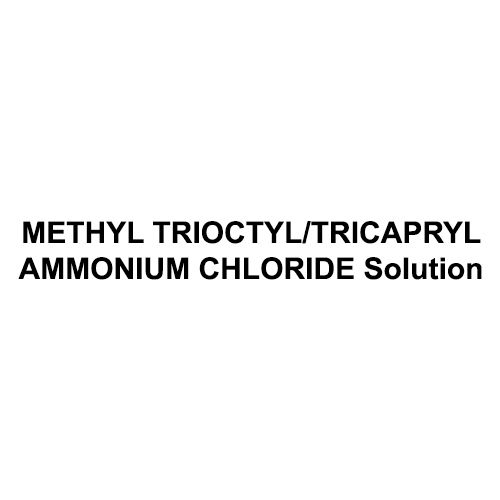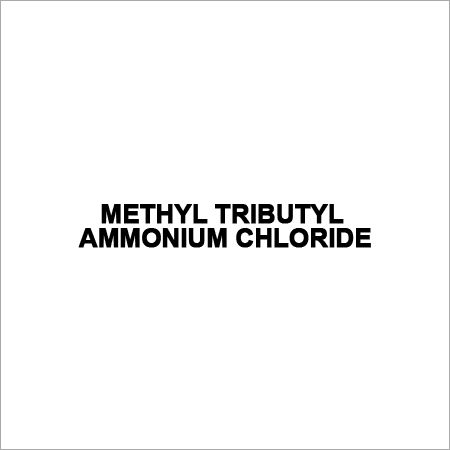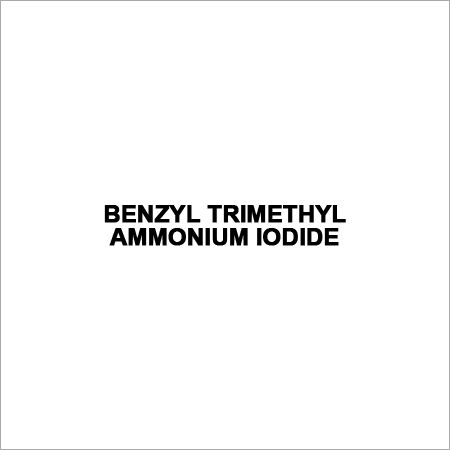Tetra Methyl Ammonium Bromide
Product Details:
Product Description
In organic synthesis, TMABr is frequently utilised as a phase transfer catalyst, especially in reactions involving anions or nucleophiles that are insolubility in organic solvents. It can make it easier for these species to move between immiscible phases, which will speed up reactions.
In the process of creating nanoparticles, TMABr can also be utilised as a surfactant to help stabilise and regulate the size of the particles. It has been researched for its possible use in both the generation of biofuels and the removal of heavy metals from contaminated water.
The improper handling of TMABr can have hazardous effects similar to those of other quaternary ammonium compounds. When dealing with TMABr, it's crucial to adhere to safety precautions and use protective gear because it can irritate the skin, eyes, and respiratory system when consumed or inhaled.
FAQ
1. What is tetramethylammonium bromide, first of all?
Ans - The answer is that Tetra Methyl Ammonium Bromide (TMAB), which has the chemical formula C4H12BrN, is an organic compound. It has a tetrahedral shape and is a quaternary ammonium salt.
2. Tetra Methyl Ammonium Bromide: What Are the Uses?
Ans - In numerous items, including detergents, agricultural goods, and textile wetting agents, TMAB is employed as a surfactant. Additionally, it serves as an organic synthesis catalyst.
3. Is bromide of tetramethylammonium poisonous?
Ans - Yes, TMAB is poisonous and needs to be treated carefully. Use in food or medical applications is not advised.
4. What is Tetra Methyl Ammonium Bromide's melting point?
Ans - TMAB has a melting point of 95 Deg C (203 Deg F).
5. How is bromide of tetramethylammonium stored?
Ans - TMAB should be kept out of direct sunlight in a cool, dry location. Additionally, it must be maintained away from heat or ignition sources.

 English
English Spanish
Spanish French
French German
German Italian
Italian Chinese (Simplified)
Chinese (Simplified) Japanese
Japanese Korean
Korean Arabic
Arabic Portuguese
Portuguese







